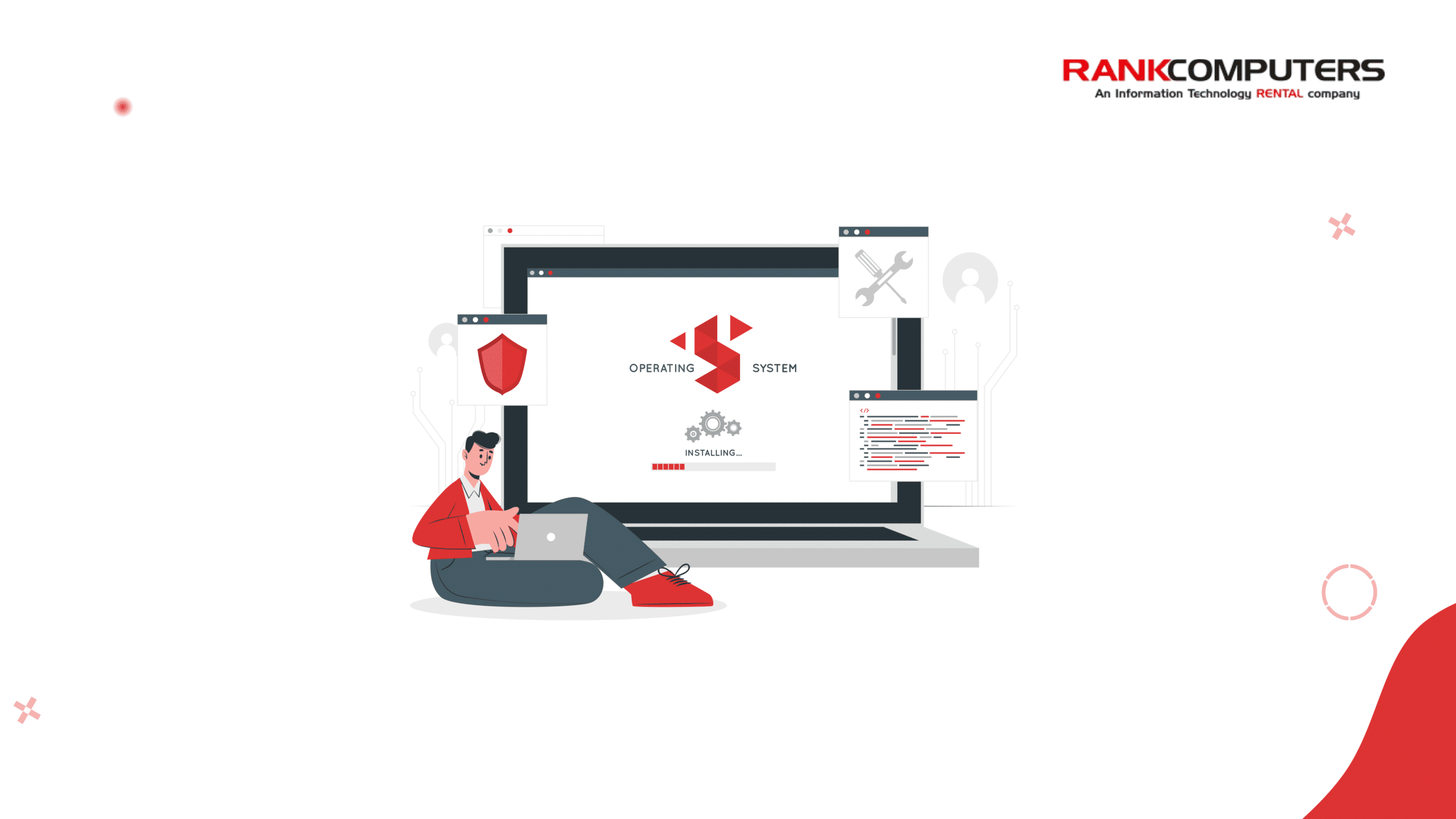For organisations aiming to stay competitive and relevant in today’s fast-paced business environment, digital transformation is crucial. This involves integrating digital technologies throughout all aspects of a business, from operations to products and services.
According to a recent Zippia report, approximately 70% of companies have a digital transformation strategy or are actively working on one. Additionally, 56% of CEOs reported that their digital improvements have already boosted profits.
To successfully achieve digital transformation, a business must possess a modern and effective IT infrastructure aligned with its goals. However, many Indian companies still rely on outdated systems lacking compatibility with modern technology and essential security updates.
For IT managers leading digital initiatives, integrating legacy systems into modern infrastructure presents a significant challenge. Let us help. In this blog post, we will explore strategies to effectively manage legacy systems and ensure a smooth shift towards successful digital transformation.
Why Companies Still Rely on Legacy Technology
To effectively address outdated systems, it’s crucial to first understand why many companies, potentially yours included, still rely on these legacy systems.
One primary reason for their persistence is the significant investments made in terms of time, money, and effort over the years. Whether it’s a custom-made application for specific business needs or a reliable mainframe system that has been operational for years, deciding to replace or update a legacy system is a major undertaking.
Additionally, these legacy systems may retain importance for an organisation despite their age and limitations. They might store valuable historical data, support critical business processes, or interface with specialised hardware that isn’t easily replaceable. Consequently, the prospect of moving away from these systems can be challenging.
Challenges Faced During the Digital Transformation
Now that you understand why companies persist with outdated systems, let’s explore the challenges you face when integrating them with modern IT infrastructure.
- Data migration complexity: Legacy systems often store vast amounts of critical data in outdated formats or structures. Migrating this data to modern systems while ensuring accuracy, integrity, and security can be a challenging task. Data mapping, cleansing, and transformation processes are essential but can be time-consuming and resource-intensive.
- Compatibility issues: Legacy systems may use proprietary technologies or outdated programming languages like COBOL that are incompatible with modern software and platforms. Integrating these systems with new applications or cloud-based solutions often requires extensive customisation and integration efforts, leading to increased complexity and potential points of failure.
- Resistance to change: Stakeholders within the organisation, including end-users, IT staff, and management, may resist efforts to modernise or replace legacy systems due to familiarity, perceived reliability, or fear of disruption. Overcoming resistance to change requires effective communication, stakeholder engagement, and alignment of objectives across departments.
- Technical debt and maintenance costs: Legacy systems accumulate technical debt over time, as patches, workarounds, and customisations are applied to maintain functionality. The cost of maintaining and supporting legacy systems can quickly escalate, consuming a significant portion of the IT budget and diverting resources from strategic initiatives.
- Security vulnerabilities: Legacy systems are more susceptible to security vulnerabilities due to outdated software, inadequate security controls, and a lack of regular updates and patches. Cyber attackers often target legacy systems, as they may contain valuable data and offer easier access points. Securing legacy systems during the digital transformation process requires robust cybersecurity measures and proactive risk management strategies.
Strategies for Managing Legacy Systems
When it comes to managing legacy systems during digital transformation, a strategic approach is paramount. Here are key strategies you can implement to navigate this complex process:
Comprehensive assessment
Begin by conducting a thorough assessment of your organisation’s existing legacy systems. This includes identifying dependencies, understanding data flows, and assessing the business-criticality of each system. By gaining a clear understanding of your legacy landscape, you can prioritise efforts and allocate resources effectively.
Prioritisation and modernization
Not all legacy systems need to be modernised simultaneously. Prioritise systems based on factors such as business impact, technical feasibility, and alignment with strategic objectives. Consider options for modernization, including re-platforming, re-engineering, or migrating to cloud-based solutions. Evaluate the cost, complexity, and potential benefits of each approach to determine the best fit for your organisation.
Phased implementation plan
Remember, digital transformation is a journey, not a destination. Develop a phased implementation plan that breaks down the modernization process into manageable stages. Start with low-risk systems, or those with the highest potential for quick wins. As you progress, gradually tackle more complex systems, ensuring minimal disruption to day-to-day operations. Regularly review and adjust the plan as needed to adapt to changing priorities and emerging challenges.
Testing and quality assurance
Transitioning from legacy to modern systems requires solid testing and quality assurance to mitigate risks and ensure a smooth transition. Develop comprehensive test cases covering functionality, performance, security, and interoperability. Establish testing environments that closely mimic production systems to identify and address issues early in the process. Involve end-users and stakeholders in user acceptance testing to validate the effectiveness of the modernised systems.
Continuous monitoring and optimisation
Digital transformation is an ongoing process that requires continuous monitoring and optimization. Implement monitoring tools and metrics to track the performance of modernised systems and identify areas for improvement. Monitor key indicators such as system availability, response times, and user satisfaction. Proactively address any issues that arise, whether they stem from technical challenges, organisational resistance, or evolving business requirements. Regularly review the effectiveness of modernised systems and iterate on improvements to drive continuous innovation and value delivery.
By following these strategic approaches, you can effectively manage legacy systems during digital transformation, paving the way for a more agile, resilient, and future-ready IT landscape.



